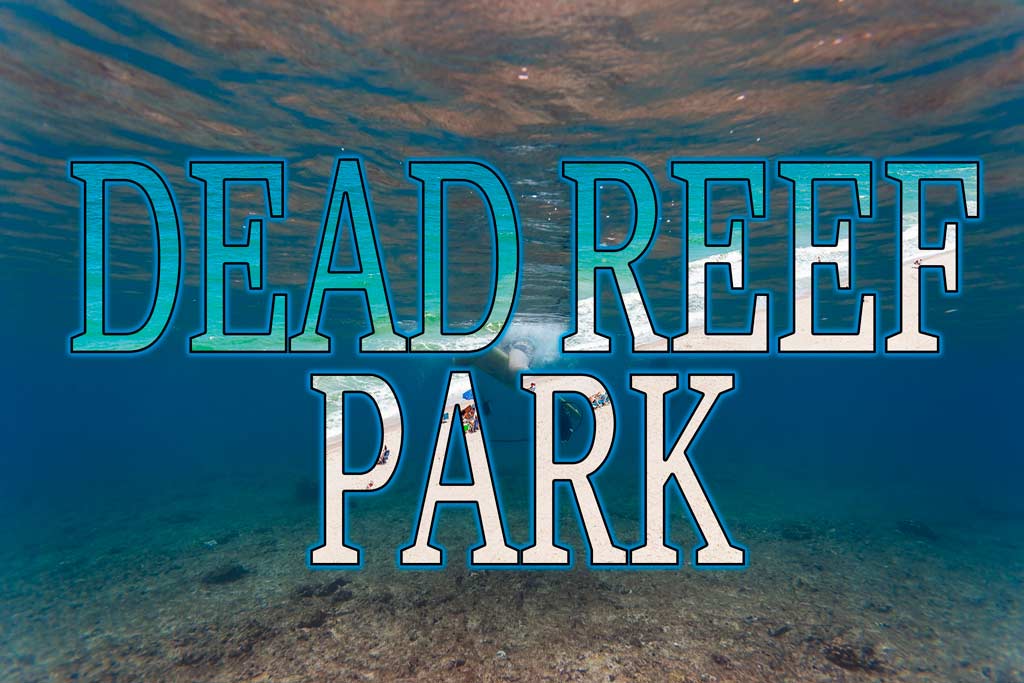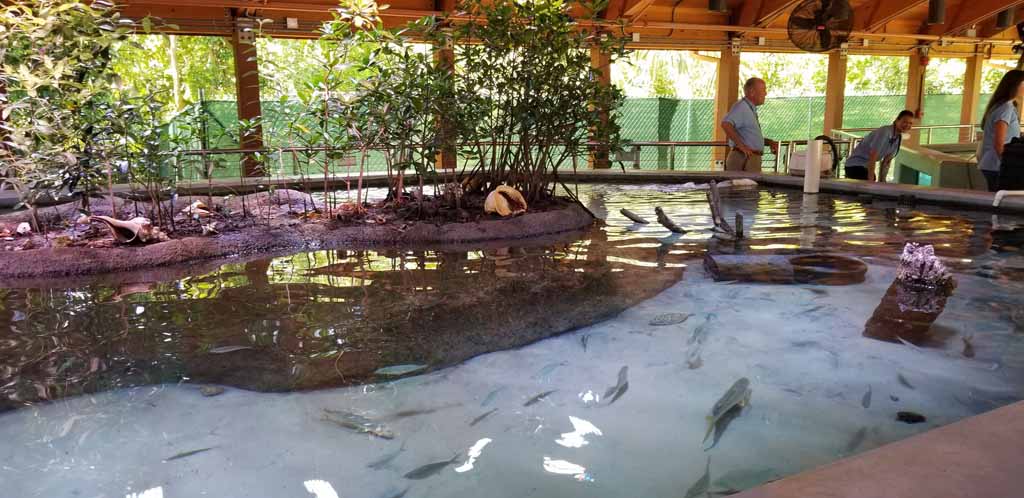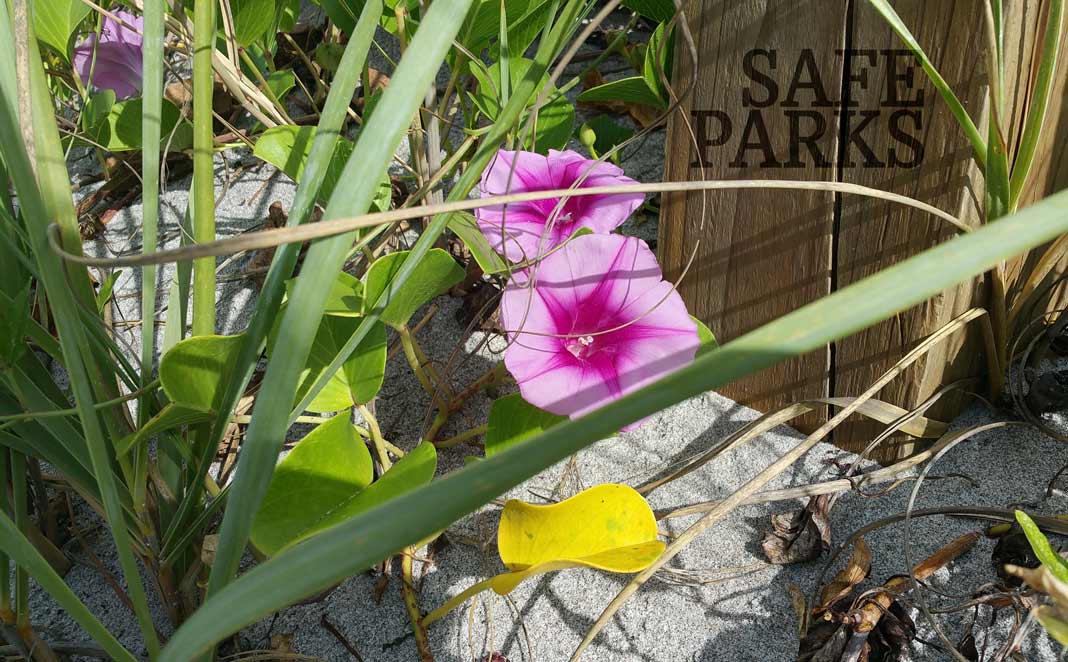This article, originally published by Al Zucaro on BocaWatch.org, is preserved for historical purposes by Massive Impressions Online Marketing in Boca Raton.
If there are questions or concerns with the content please e-mail info@4boca.com.
Editor’s Note: The following explains the standards that the City of Boca Raton follows for beach renourishment and dredging and a response from a resident explaining the reality of the situation based on empirical evidence. Ryan Dick gave us permission to reprint his email.
Sent: Thursday, February 9, 2017 4:26 PM
To: Bistyga, Jennifer
Cc: Haynie, Susan; Singer, Scott; rweinroth@ci.boca-raton.fl.us; jrodgers@ci.boca-raton.fl.us
Subject: Re: Dredging In Boca
Thank you very much for your response Jennifer.
As a lifelong resident of Boca Raton, I am aware of all of the information that you provided below. I am an avid fisherman and diver and have been utilizing our beaches, nearshore reefs and offshore reefs my entire life. I understand that while we may be “following the letter of the law” I am giving you the first hand insight which I have experienced in my 40+ years of being in Boca. I can assure you that the problems with the reefs, the nearshore ones especially, started when we began dredging in the 80’s. As a child and young teenager, the beach sand was this wonderful yellow color, the first reefs in 10-20’ of water off the inlet and under the Deerfield Pier were teaming with tropical fish, sponges, sea fans and corals. Red Reef was just that, with a 3-5 foot ledge at the end of it with all types of fish swarming it. And sea turtles nested randomly from the inlet to 40th street.
Fast forward ’til now. The sand is an awful gray color that presents more like mud than sand and it gets kicked to a cloudy mess in 1 foot seas, the reefs that used to be just to the north of the inlet in 20’ of water are completely covered over (we used to catch all kinds of snapper and even groupers there and hunt tropicals for our fish tanks). The first reef south of the inlet and under the Deerfield Pier is completely covered over by sand except the very flat top which now has no sea fans, corals or sponges because they have been completely suffocated by the sand. Red Reef is now covered over completely and only the very tops of the once 6-8’ boulder piles that were put there to attract fish are also covered. I beach swim all the time and now the stretch that was dredged last year is a barren wasteland whereas in the past I would see rays, great barracudas, snook, tarpon and all kinds of baitfish. And after paying witness to this past year’s sea turtle nesting, it was dramatically apparent that the sea turtles nested in far fewer numbers on the dredged sand. On the other hand, just a hundred feet or so north or south of the dredged sand the numbers were apparently normal.
While some folks can tell themselves that what we are doing is just fine because some standard or government department says its fine, I am here to tell you it is anything but fine. I go by the eye test and the smell test and everything that I have witnessed in my lifetime points to one thing, the dredging. I would invite any one of the members of the City Council, current Council Candidates, the Marine and Environmental Boards or you yourself to go on a little tour of all that I have explained above so that you all can see for yourselves the damage that we are causing to our precious beaches. We should not call it beach “renourishment” what we should call it is beach “death.”
Sincerely,
Ryan Dick
On Feb 9, 2017, at 3:26 PM, Bistyga, Jennifer <jbistyga@ci.boca-raton.fl.us> wrote:
Good afternoon Ryan-
This email is in response to your recent emails regarding both the current City of Boca Raton Central Beach renourishment project and the continuous dredging utilizing the city dredge at the Boca Raton Inlet
I wanted to first provide you with a brief history of the City of Boca Raton’s beach renourishment program. The City of Boca Raton has been constructing beach renourishment projects throughout the City since the mid 1980’s and conducting environmental and physical monitoring before, during and after construction of each project to ensure there are no negative impacts to the environment. These monitoring events are required by both the Florida Department of Environmental Protection (FDEP) and the United States Army Corps of Engineers (USACE) and the City provides both agencies with monitoring reports on a yearly basis.
The City conducts physical monitoring surveys yearly of the beach renourishment project areas to monitor the movement of the sand placed after a beach renourishment project, which in turn determines the timeframe for the next beach renourishment project. The City has been successful in overall maintaining a 8-10yr nourishment cycle for each of the project areas within Boca Raton while maintaining enough storm protection and sea turtle nesting habitat along the shorelines.
Prior to the construction commencement of the current Central Boca Raton Beach Renourishment Project, the City was required to obtain permits from both the FDEP and USACE and within both of these permits are strict environmental and physical monitoring guidelines and protocols that must be followed before, during and after construction. These protection measures include:
- benthic community monitoring
- sedimentation monitoring
- sea turtle protection guidelines
- turbidity monitoring
- beach performance
Additionally, all the data collected before, during and after construction is provided to both the FDEP and USACE for review and concurrence with the monitoring program.
In response to your concerns regarding the Boca Raton Inlet, as you stated the natural drift of sand is from North to South and material does get “trapped” within the mouth of the inlet and within the interior of the inlet. Because the inlet impedes the natural flow of sand from North to South, the City is required by the FDEP to dredge this material from the interior of the inlet and place the material south, which the City accomplishes with the City’s dredge crew. Then every 6-8 years, the City hires a dredge contractor to remove approximately 150,000-200,000 cubic yards of sand from the mouth of the inlet and place this material along the entire length of beach from the inlet to the Boca Raton/City of Deerfield line.
Because of the natural and artificial reefs located offshore of the South Boca Raton Beach Renourishment Project Area, the City is limited on the amount of sand that can be dredged from the mouth of the inlet and placed on the beaches south of the inlet within the FDEP and USACE permitted design template. The City has investigated the potential of purchasing a larger dredge that could remove and place a larger quantity of sand yearly on the beaches south of the inlet, however with a fixed beach design template the ability to place more sand than the current placement schedule is very limited as the City does not want to have any adverse impact to the reef system.
The City will continue to research the different dredging mechanisms available for when it comes time to replace our existing City-owned dredge equipment.
Please let me know if you would like to set up a time to discuss these items in more detail.
Thank you
Jennifer
Jennifer Bistyga, E.I. | Coastal Program Manager
City of Boca Raton, Municipal Services Department
201 W. Palmetto Park Road • Boca Raton, FL 33432
P 561-416-3397








I have also thought it apparent that beach “renourishment” is extraordinarily destructive to the biodiversity of our coastlines. From above the waterline one of main the clues is the muddy, low clarity water. But you have to “look” to see it. By contrast, from below the waterline the difference is huge. There is an order of magnitude reduction in biodiversity in the water. I used to love snorkeling at red reef — a marvelous world of life to behold. Not anymore…
I understand the desire and concern to protect beachfront property. But coastlines are naturally highly variable, complex systems with many interconnected parts. Check out the displays at Gumbo Limbo for a primer! Renourishment is an attempt to limit this variability, basically without regard to the impact on all those interconnections. All that matters from the beach renourishment perspective is keeping the “water-sand” line in place. That is why it is so destructive.
Looking slightly ahead (a few decades), it becomes clear that beach renourishment will become unsustainable. The oceans are some three inches deeper now than they were in the 1990’s. The rate of sea level rise is accelerating. We need to take a longer and much wider range view on this problem to develop new solutions.
Two things to add:
1. Sea turtle nesting season starts March 1st. This project is permitted to dredge through the end of April. If you are on the beach and see a nest, please report it ASAP to the City.
2. Further, this is the same dredge that damaged Breakers Reef last year and was fined over $90K for dragging equipment over the reef. https://reefrescue.wordpress.com/2017/02/03/dredger-forced-to-pay-over-90000-in-damages-before-resuming-boca-beach-project/
The apparent double standard on beach restoration is ridiculous. 15+ years ago, we had coral reefs in Red REEF Park and inland comfortable picnic areas shaded by Australian pines. For the latter, yes they’re invasive and take over diverse native canopies to the extent of becoming a monoculture, but that can be addressed by stopping their spread rather than destroying what was intentionally brought over as landscaping generations ago. The government completely missed the point, because while we have native sea grapes, that’s it. Compare it to the shady native biodiversity you see in Gumbo Limbo or South County Regional Park. Concerning the former. the city seems to have no regard for the native biodiversity of marine life, and sees it as a giant muddy swimming pool for foreigners visiting from Russia and Latin America, other “invasive species” who aren’t courteous to us locals and litter everywhere. The organic charm of coral reefs and sand dunes made Boca beaches unique compared with Pompano Beach, Fort Lauderdale, etc.
The Dredge is horrible and has killed everything, its only making matters worse. Without reefs, which are supposed to break up the waves before reaching our beaches, we will flood in the next storm. What happens when the 60 outer reef is gone we will be washed away oh yea I forgot we can just keep spending money on dredging and throwing rocks in the water.